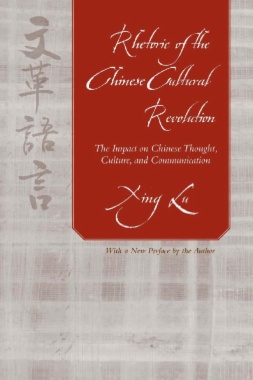Ch'oe Yun is a Korean author known for her breathtaking versatility, subversion of authority, and bold exploration of the inner life. Readers celebrate her creative play with fantasy and admire her deep engagement with trauma, history, and the vagaries of remembrance.
In this collection's title work, There a Petal Silently Falls, Ch'oe explores both the genesis and the aftershocks of historical outrages such as the Kwangju Massacre of 1980, in which a reported 2,000 civilians were killed for protesting government military rule. The novella follows the wanderings of a girl traumatized by her mother's murder and strikes home the injustice of state-sanctioned violence against men and especially women. "Whisper Yet" illuminates the harsh treatment of leftist intellectuals during the years of national division, at the same time offering the hope of reconciliation between ideological enemies. The third story, "The Thirteen-Scent Flower," satirizes consumerism and academic rivalries by focusing on a young man and woman who engender an exotic flower that is coveted far and wide for its various fragrances.
Elegantly crafted and quietly moving, Ch'oe Yun's stories are among the most incisive portrayals of the psychological and spiritual reality of post-World War II Korea. Her fiction, which began to appear in the late 1980s, represents a turn toward a more experimental, deconstructionist, and postmodern Korean style of writing, and offers a new focus on the role of gender in the making of Korean history.
- Contents
- There a Petal Silently Falls 1
- Whisper Yet 79
- The Thirteen-Scent Flower 115
- Afterword 189

